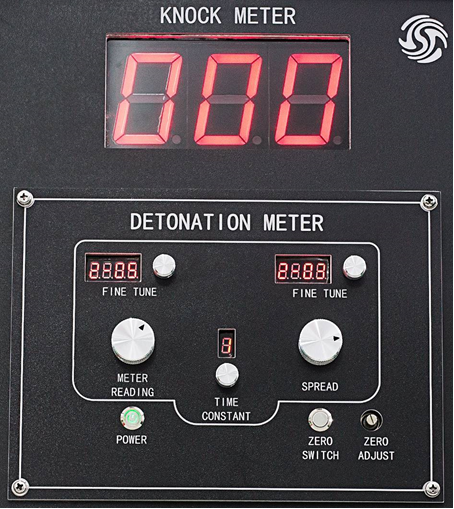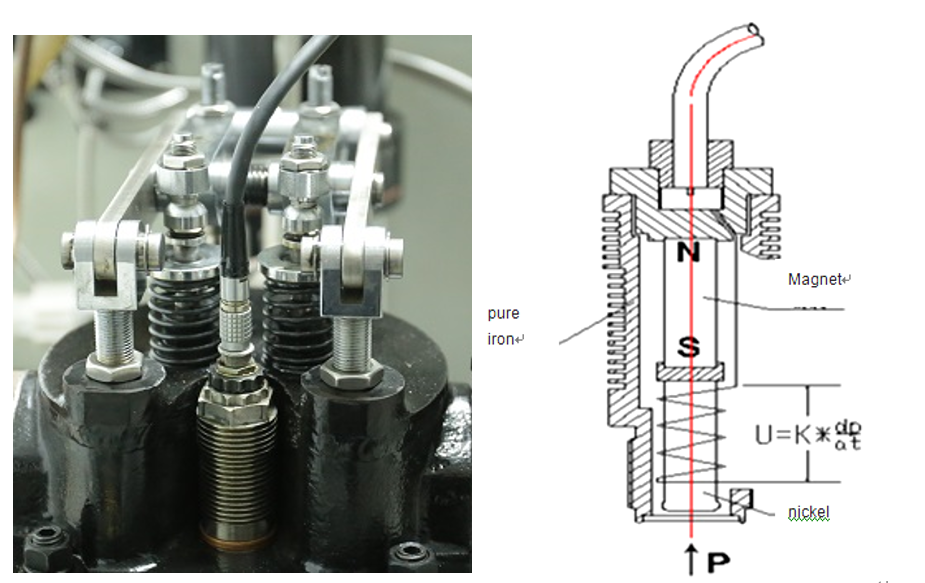Octane number determinations are based on comparing the knock intensity of a sample fuel to that of primary reference fuel blends at specific cfr engines–octane knock test engines rating conditions. In short, the knock test is a direct reflection of the properties of the fuel octane number.
Knock intensity is measured using a multicomponent instrument system. The components include the detonation pickup that screws into the cfr engines cylinder, a detonation meter, a power supply, and an electronic display knock-meter.
Knock measuring instrument is cabinet-mounted in the octane unit panel and connected to knock pickup assembly. The Factory-calibrated knock meter converts changes in combustion knock to a stable and accurate analog signal. The 0 to 100 division analog indicating meter that displays the knock intensity signal from the analog detonation meter.

Sensor adopts theory of magnetic deformation.
The instrument adopts magnetic deformation pressure sensor. The sensor is screwed into top of cylinder cover directly. Magnet steel that used for magnetizing nickel rod is a piece of permanent magnet. Magnetic strength passing coil shall be invariable after installed. Nickel rod is a piece of ferromagnetic material, of which length shall be variable under action of longitudinal magnetization or strain to pressure. The phenomenon is named as magnetic deformation.
Pressure in cylinder is transmitted to nickel rod via diaphragm. Nickel rod shall generate strain if pressure in cylinder is changed. According to magnetic deformation effect, magnetic conductivity µ of nickel rod shall change along with strain and finally modify voltage signal strength output from both terminals of coil. Relation between the signal and variance ratio of pressure in cylinder is directly proportional.
The sensor is provided with feature of large load, smaller distortion and high adaptability.
The detonation value pickup principle of octane knock test cfr engines:
Electrical Resistance (Cold) = approximately 200 ohm at room temperature.
